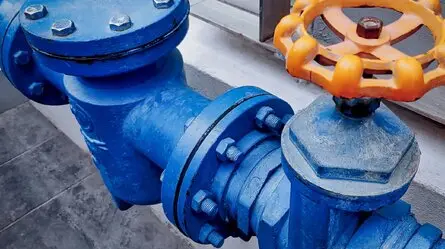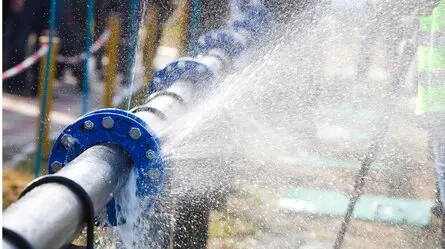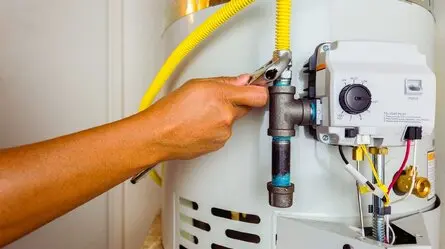These days, having clean and safe water is essential for public health and the smooth running of homes, businesses, and communities. But keeping our water supply pure isn’t straightforward. One important issue is backflow, which can affect water quality and pose serious health dangers.
In this blog, we delve into the concept of backflow prevention – what it entails, why it matters, and how it plays a pivotal role in safeguarding our water supply. Whether you’re an industry professional, a concerned homeowner, or simply curious about the intricacies of water management, this blog aims to provide valuable insights into the vital world of backflow prevention.
Understanding Backflow And Its Dangers
Backflow, an often underestimated phenomenon, has the potential to disrupt the safety of our water supply and compromise the health of individuals and communities. Simply put, backflow occurs when water flow in a plumbing system reverses direction, allowing contaminated water to seep back into the clean water supply. This can transpire due to changes in water supply pressure, such as during a water main break or when a nearby fire hydrant is in use.
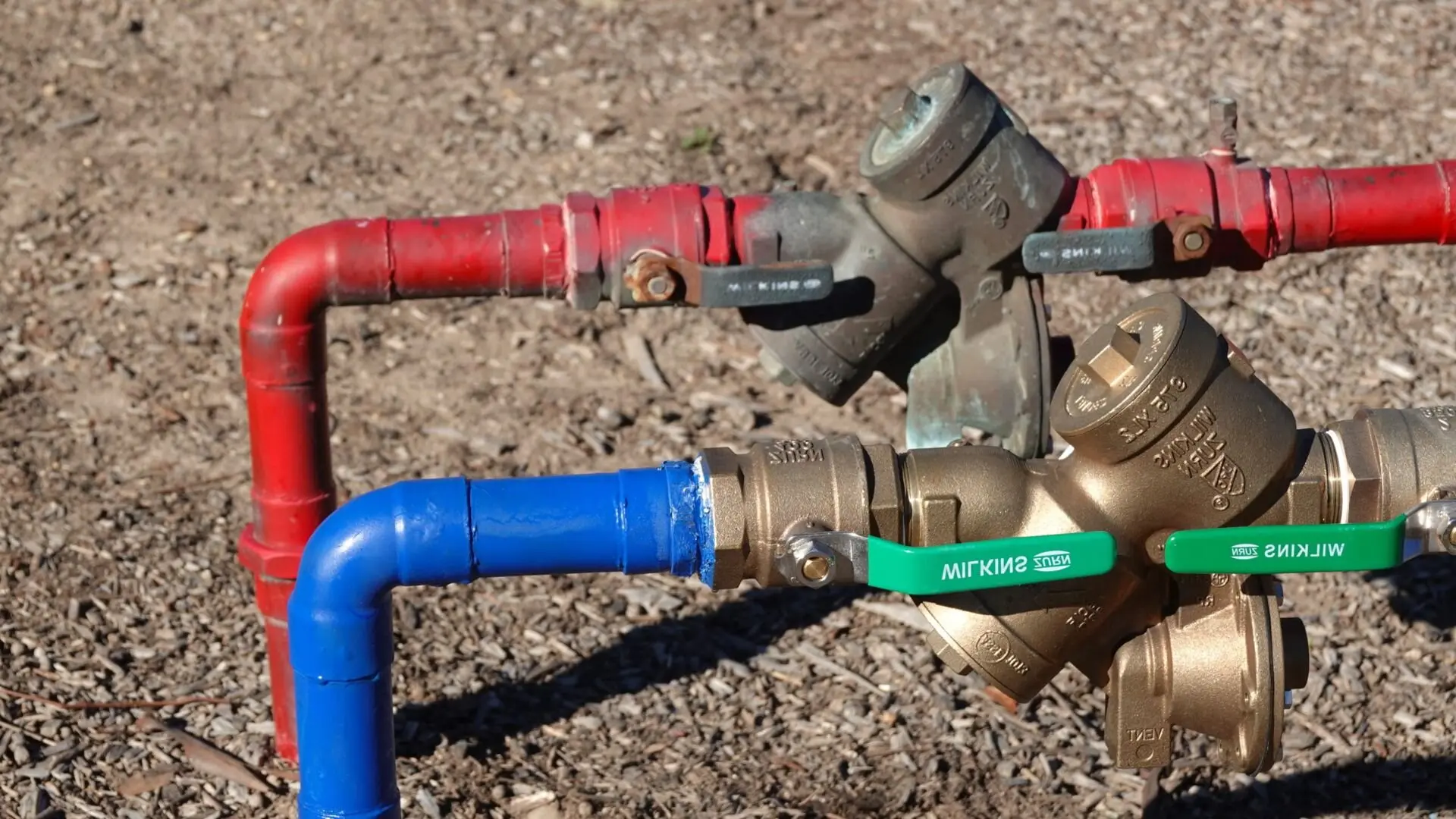
Backflow is dangerous because it can allow harmful substances, chemicals, and bacteria into our drinking water, making it unsafe to use. Just picture pesticides, industrial chemicals, or even wastewater getting into the water we depend on every day.
This threat to public health underscores the critical importance of effective backflow prevention systems measures. By comprehending the mechanics of backflow and its potential hazards, we empower ourselves to take action to maintain the integrity of our water distribution system and ensure the well-being of our communities.
Common Causes Of Backflow
Backflow occurs when the normal direction of water flow in a plumbing system reverses, potentially causing contamination of clean water supplies. Understanding the common causes of backflow is crucial for maintaining the safety and integrity of water systems. Several factors can lead to backflow incidents, including:

Pressure Changes
Sudden drops in water pressure can create a vacuum effect, pulling water from lower-pressure fluid areas back into the main supply. This can happen during firefighting, water main breaks, or when large amounts of water are consumed simultaneously.
Cross-Connections
These occur when potable (clean) and non-potable (contaminated) water sources are connected. If the pressure on the non-potable side increases, contaminated water can be pushed into the clean water supply.
Backsiphonage
This happens when negative pressure is created in a plumbing system, causing water to be drawn back into the supply. Common triggers include flushing toilets, using sprinklers, or hydrant use, especially in areas with water supply disruptions.
Improperly Installed Check Valves
Check valves are designed to prevent backflow, but they can fail to function effectively if installed incorrectly or damaged.
Heavy Water Usage
Simultaneous use of multiple water outlets, such as dishwashers, washing machines, and showers, can lead to a drop in pressure, increasing the risk of backflow.
Hydraulic Shocks
Also known as water hammer, this phenomenon occurs when a sudden change in water flow stops abruptly, causing a pressure wave that could force water backwards.
Backflow Preventer Failure
These backflow preventers are designed to stop backflow incidents. However, they can be fixed if they are maintained, tested, or replaced as needed.
Health Risks Of Backflow Contamination
Backflow contamination poses significant health hazards due to its potential to introduce harmful substances into our potable water supply. When backflow occurs, contaminated water can flow backward through pipes, carrying pollutants, chemicals, and even pathogens that pose serious health risks.
Drinking water contaminated with these substances can lead to various health issues, ranging from gastrointestinal problems to more severe conditions. Chemical contaminants such as pesticides, industrial chemicals, and heavy metals can have long-term health effects, while microbial pathogens like bacteria, viruses, and parasites can cause immediate illnesses.
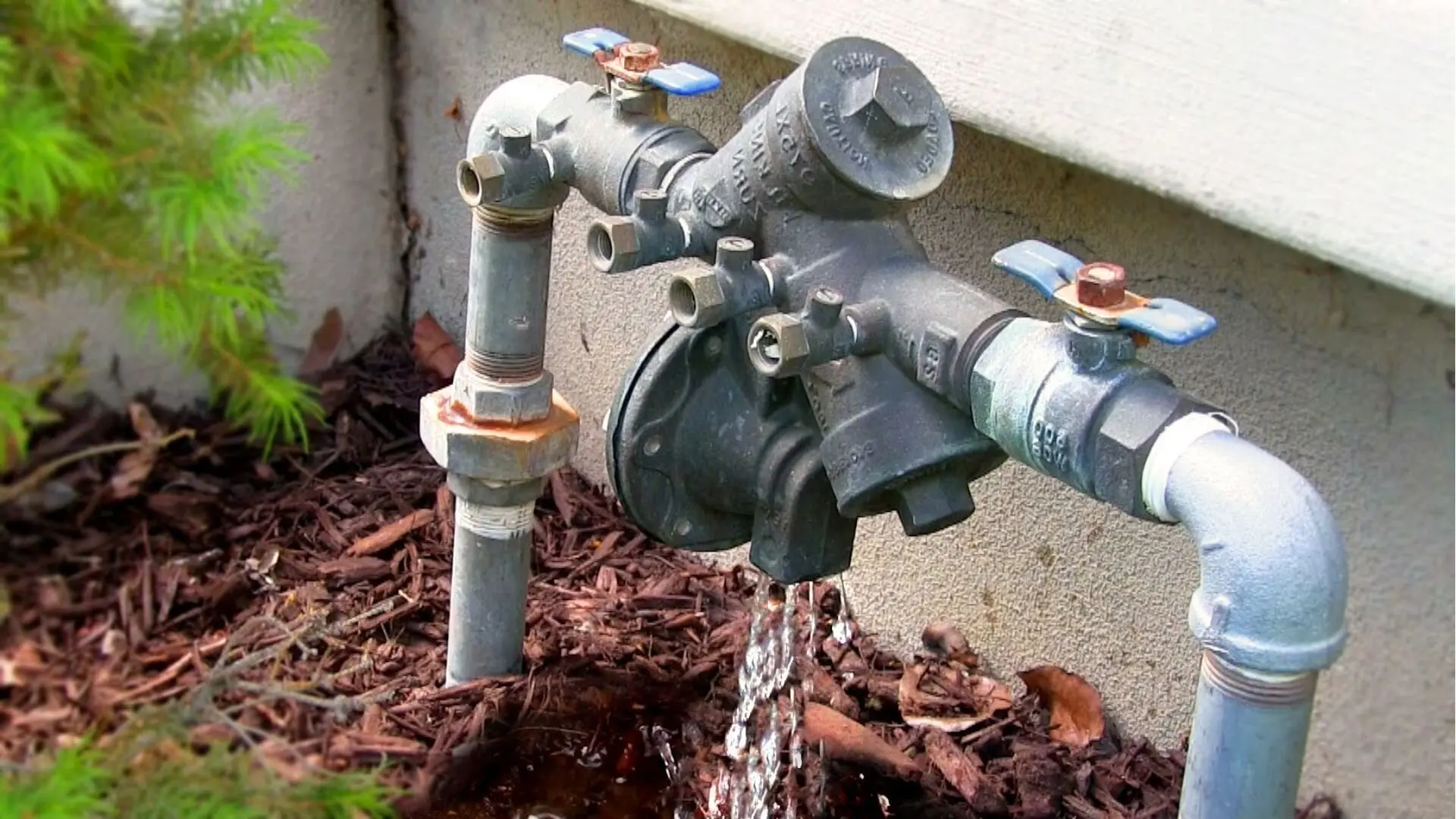
Moreover, backflow can cause cross-connections between clean and contaminated water sources, leading to sewage or wastewater mixing with drinking water. This kind of contamination brings the risk of exposing people to human waste and its dangerous pathogens.
By understanding the health risks associated with backflow contamination, individuals, communities, and authorities can prioritise effective backflow prevention system measures to safeguard the health and well-being of the population.
Types of Backflow Preventers
Several types of backflow prevention devices play a crucial role in maintaining the integrity of water supply systems. These backflow preventers are designed to prevent the backwards flow of contaminated water into clean water lines. Here are some common types:
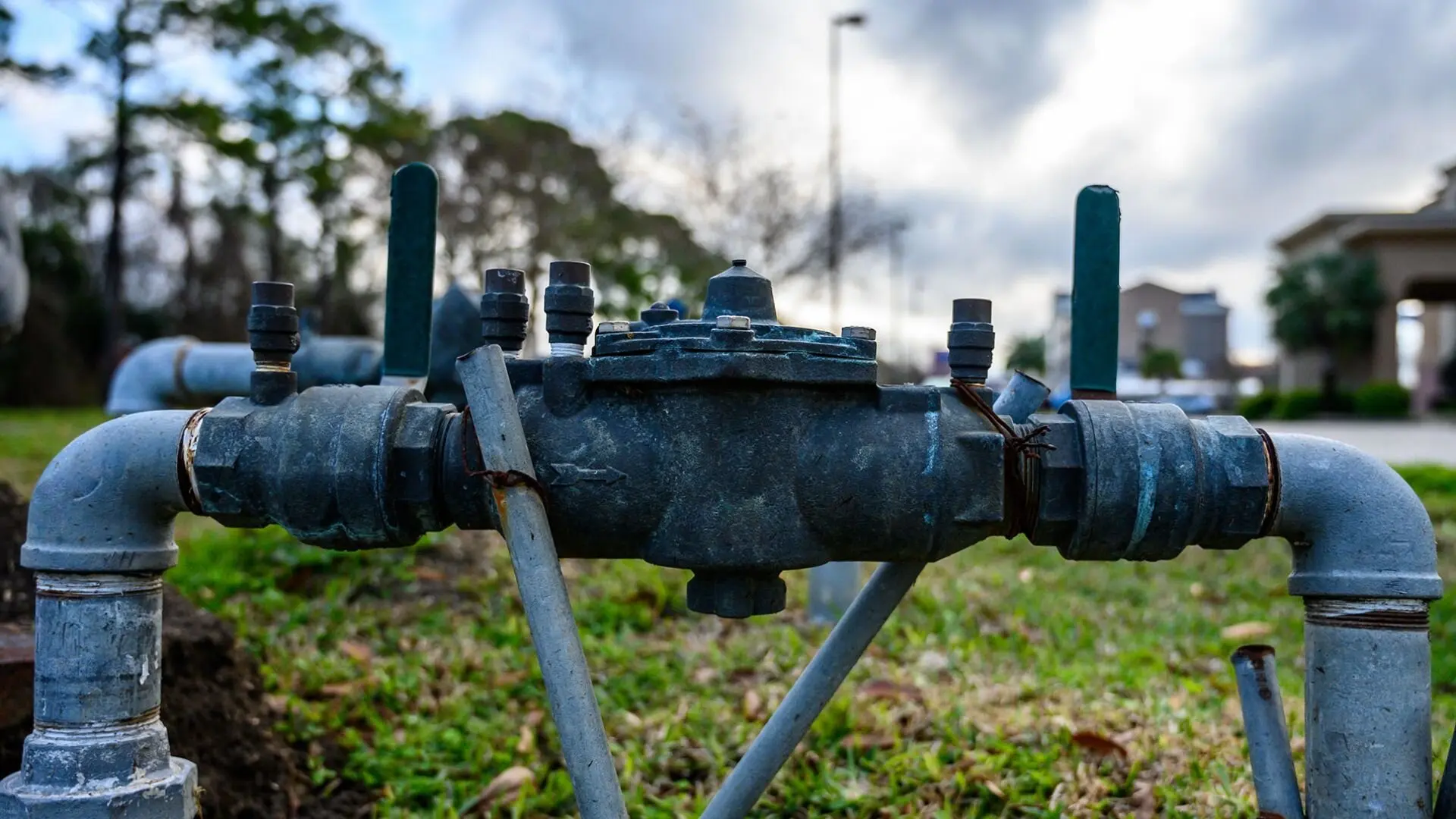
Air Gap
This is a physical separation between a water outlet shutoff valve and the potential source of contamination. It ensures that there is an unobstructed vertical space between the two, preventing any cross-contamination.
Pressure Vacuum Breaker (PVB)
Installed above ground, a PVB contains a check valve and an air inlet valve. It prevents backflow by allowing air to enter the system when the pressure drops, creating a barrier against contaminants.
Double Check Valve Assembly (DCVA)
This backflow prevention device consists of two check valves that work in tandem to prevent backflow. It’s commonly used in commercial and industrial settings.
Reduced Pressure Zone (RPZ) Assembly
An RPZ includes two check valves and a relief valve, creating a reduced pressure zone between them. If backflow occurs, the relief valve opens, safely discharging the contaminated water.
Atmospheric Vacuum Breaker (AVB)
Installed above a water outlet, an AVB prevents backflow by creating an air gap that breaks the siphon effect. It’s commonly used in irrigation systems.
Spill-Resistant Vacuum Breaker
This water backflow preventer device combines the features of an air gap and a vacuum breaker. It protects against backflow while also preventing water spillage.
Pressure-Sensitive Valve
Installed on a supply line, this valve opens when water pressure drops, allowing air to enter and preventing backflow.
Dual Check Valve
A dual check valve, which includes two check valves, is similar to a DCVA but simpler and is often used in residential settings.
Safeguard Your Water Supply
Understanding the importance of a backflow prevention system is paramount in the pursuit of clean and safe water. The risks associated with backflow contamination underscore the necessity of robust preventive measures.
By familiarising ourselves with the various types of backflow prevention devices and their role in maintaining water purity, we can contribute to protecting our communities’ health and well-being.
Here at Woolf Plumbing, we’re dedicated to keeping your water supply safe. With our expertise in backflow prevention systems and plumbing solutions, we’re your go-to partner for secure water systems. Whether you own a home, a business, or work in the industry, reach out for consultation, installation, and maintenance of backflow prevention devices.
Together, we can secure a healthier future by safeguarding the water we rely on. Whether you need a backflow expert in Balga, a commercial plumbing expert in Como or an emergency plumber in Landsdale, we are here to service you across Perth. Contact us today to take the first step in fortifying your water supply against the risks of backflow contamination.
FAQs About Backflow Prevention Devices In Australia
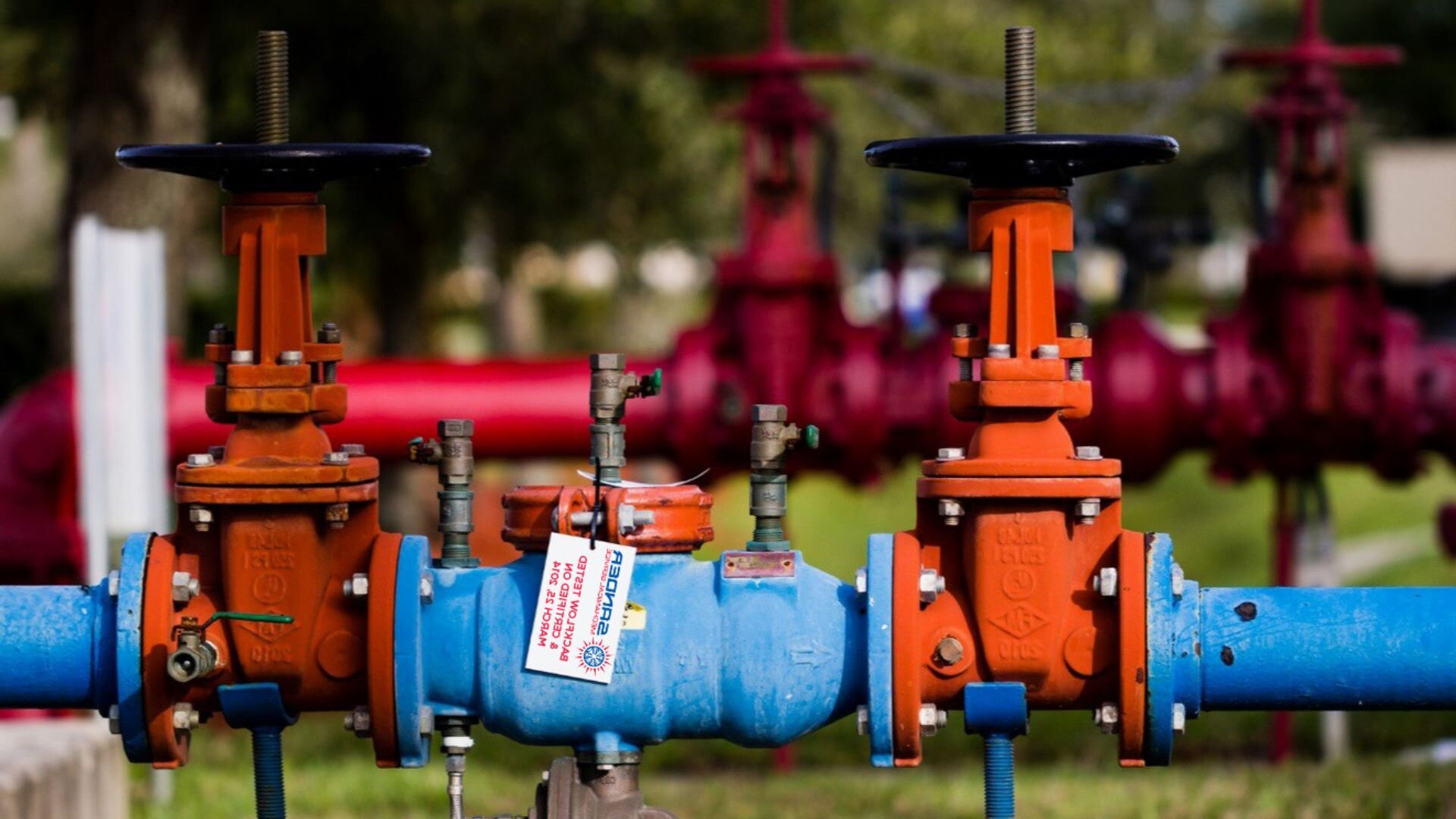
When is a backflow preventer required on plumbing systems?
In Australia, a backflow prevention device must be installed on any plumbing system that poses a health risk if the drinking water supply becomes contaminated. This includes an irrigation system, fire protection system, medical equipment, and industrial facilities.
What types of backflow prevention assemblies are commonly used?
Reduced-pressure zone devices, double-check valves, and air gaps are common types of backflow preventers installed on plumbing systems that require protection. The type used depends on the potential hazard level.
Who can install backflow prevention devices?
Only licensed plumbers with specific training and certification in installing backflow preventers can legally install these assemblies in Australia. Improper installation can render the backflow prevention systems ineffective.
How often does backflow prevention need to be tested?
After initial installation, backflow preventers must be tested annually and by qualified technicians whenever maintenance or repairs are required. Regular testing ensures the device is functioning properly to prevent contamination.
Does backflow prevention apply to residential properties?
Yes, houses with alternative water systems like rainwater tanks or greywater reuse will require approved backflow prevention to avoid contaminating the drinking water supply.


